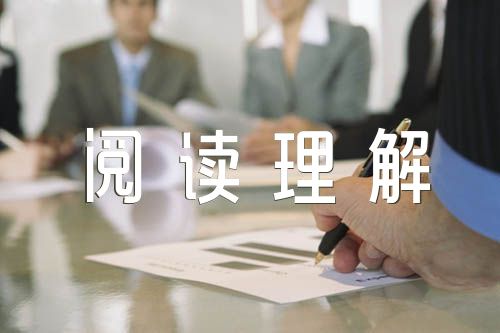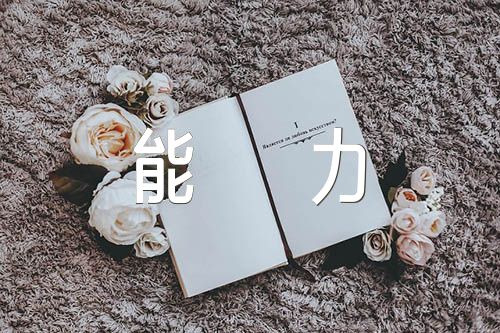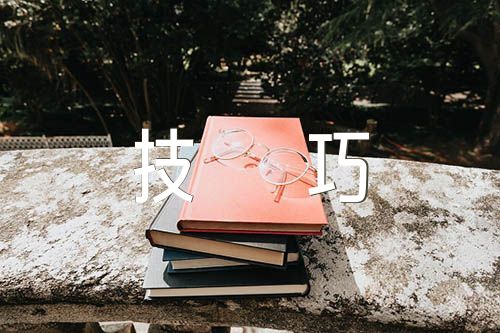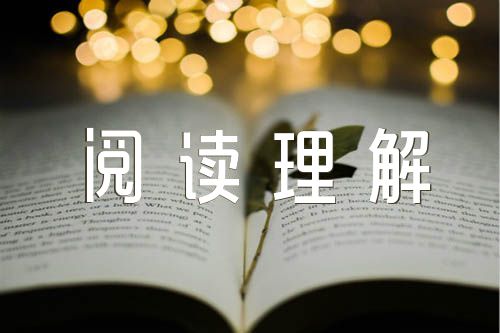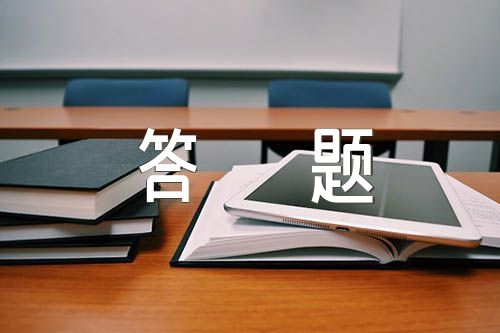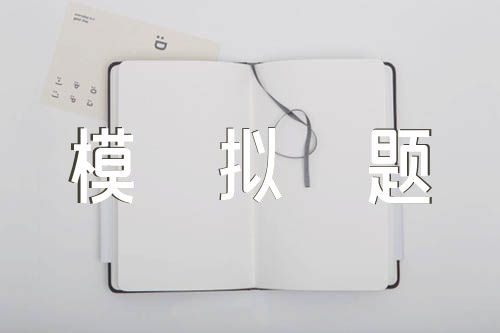点击下载音频
GUY RAZ, host:
Right now in some garage or spare room in a house somewhere in America, a citizen scientist might just be on the verge of making a groundbreaking discovery.
There are hundreds of these homegrown scientists, and many do highly specialized research on DNA sequencing and experiments with live bacteria.
Jason Bobe is the co-founder of a group called DIYbio. DIY stands for do it yourself. And his group promotes exchanges between these citizen scientists.
Mr. JASON BOBE (Co-Founder, DIYbio): These tools that have been only accessible to institutional scientists and big government labs, like DNA sequencing, they"re cheap enough that now, individuals can start asking questions about things that may not be of interest to an academic scientist. And I think that we can have a renaissance in discovery.
RAZ: And so, are most of the people who are sort of these citizen scientists, I mean, are they actual scientists, or are they amateurs?
Mr. BOBE: It"s actually a wide range of different types of people. There are quite a few graduate students and professional scientists who moonlight as a citizen scientist. And we"re actually starting to see groups in various cities setting up laboratory space that"s a shared laboratory. They sort of pull their resources like clay potters have done with kilns or woodworkers have done with expensive lathes.
RAZ: Hmm. So I want to ask you about some of the projects that researchers are working on. I want to ask you about one in particular called the BioWeatherMap. I guess it involves taking cotton swabs to the buttons of crosswalks. Can you tell me about it?
Mr. BOBE: We first initially chose crosswalk buttons to actually identify what bacteria are moving through a city because they"re laid out already in a grid. And if you were to go back and swab those crosswalk buttons over time, say, once a week or once a month, you could actually see the temporal and geographic variation of bacteria in a city and more or less see how the bacteria move through cities over time like weather patterns.
RAZ: That"s incredible. That"s absolutely fascinating. Have you started to get any data so far from the project?
Mr. BOBE: The crosswalk buttons have failed. We have been unable to actually extract DNA from crosswalk buttons. We don"t know why. We think it may be because the sunlight is actually a good disinfectant and many of them are stainless steel buttons, and it hasn"t been a really good source. But we actually have been able to amplify DNA from a variety of just about every surface in the household: dollar bills, used toothbrushes, doorknobs, ATM buttons.
So what we"re doing now is basically building a list of surfaces and environmental samples that we want to start probing and saying, hey, what lives there? Is it stable throughout the year, or does it change?
RAZ: It sounds a little bit like the age of wonder, you know, the scientific romantic age at the end of the 18th century where there was that kind of do-it-yourself ethic as well.
Mr. BOBE: Right. It"s actually - in some sense, we"re returning to some of the roots of biology, where scientists had laboratories in their parlors. You know, it was parlor science. It was something that didn"t actually happen often in institutional settings; it was something that happened at home.
RAZ: Jason Bobe, is it easy to get all the chemicals and the materials you need to do research like this? Like, if you want to work on DNA, is that something you can just order online, you know, relatively cheaply?
Mr. BOBE: You can, and it depends what you"re looking for. A lot of the things that people are doing today are actually kits, kits that are designed for, say, high school biology teachers. So for example, the New York City DIYbio group actually bought what"s called a bacterial transformation kit, and what this kit actually allowed them to do was to insert a jellyfish gene into a bacteria called E. coli, and this actually makes the E. coli glow.
RAZ: Now, of course, when I hear E. coli, when people listening to this story hear E. coli, they think that"s not safe.
Mr. BOBE: That"s right.
RAZ: I mean, how dangerous is this? I mean, these are people doing these experiments at home. They"re not in controlled labs. They"re not in university settings. I mean, should we be worried?
Mr. BOBE: Well, E. coli"s been used since about 1922. It"s a particular type of E. coli that is safe and generally recognized as safe. Now, there are a lot of questions, thinking on a long-term basis, that as biotechnology is domesticated and there is, you know, more powerful techniques and experimentation available to individuals about which types of activities are best left to the institutions and which types of activities can actually be adopted by an entrepreneur in a garage.
RAZ: Right.
Mr. BOBE: And there are really clear lines, some that are obvious, you know, like, you know, dangerous organisms should obviously be left to institutional settings, you know, dealing with pathogens and things like that. We need to find some way to structure this access in a way that we can mitigate risks and promote innovation and allow people to explore their curiosity.
RAZ: That"s Jason Bobe. He"s the co-founder of DIYbio. It"s a group that promotes exchanges between citizen scientists. He joined me from member station WBUR in Boston.
Jason, thanks so much.
Mr. BOBE: Thanks.
声明:音视频均来自互联网链接,仅供学习使用。本网站自身不存储、控制、修改被链接的内容。"沪江英语"高度重视知识产权保护。当如发现本网站发布的信息包含有侵犯其著作权的链接内容时,请联系我们,我们将依法采取措施移除相关内容或屏蔽相关链接。-
相关热点:
考研英语语法
http://m.jianqiaoenglish.com/51588.html
推荐访问:当代明诚 当代财经 当代艺术 当代东方 当代经济管理 当当 当当网 当代青年运动的时代主题